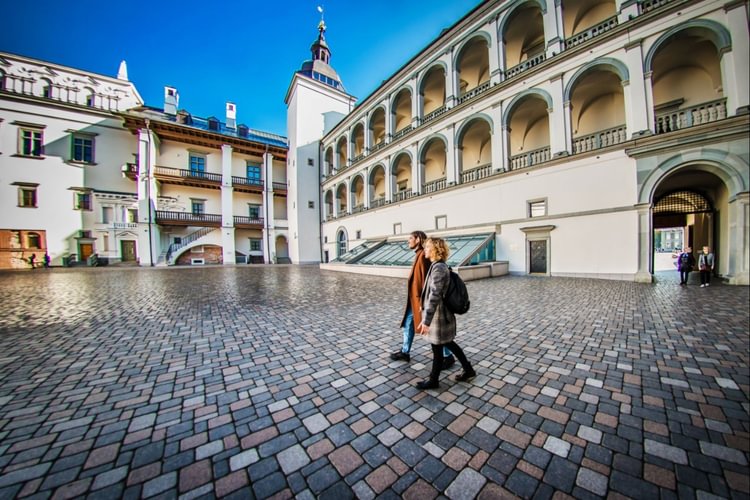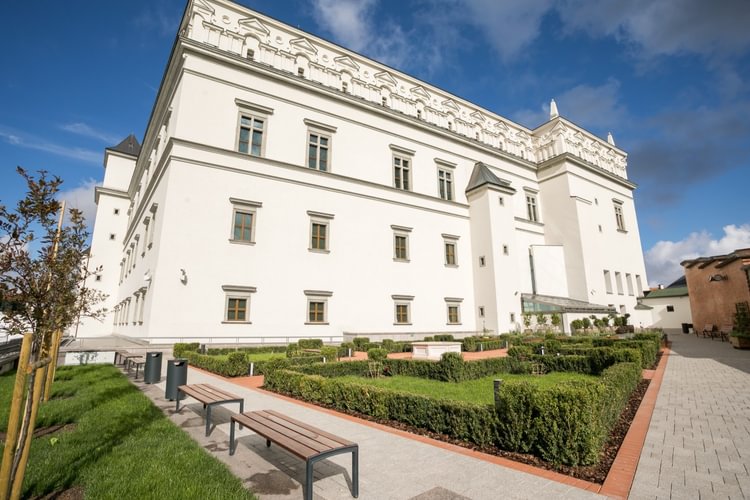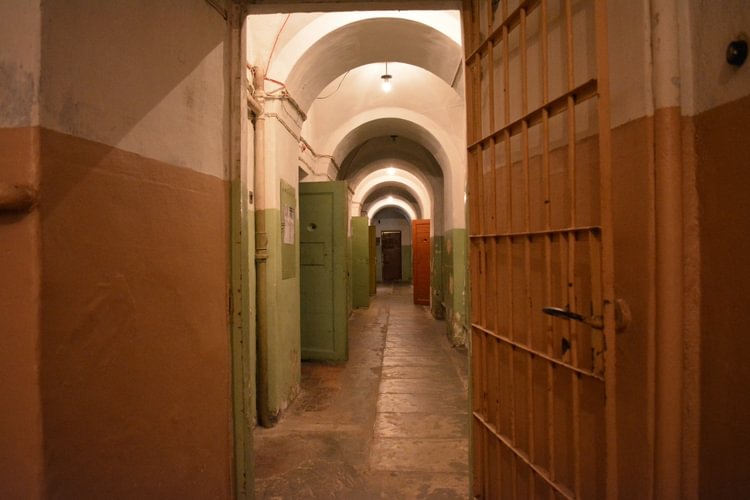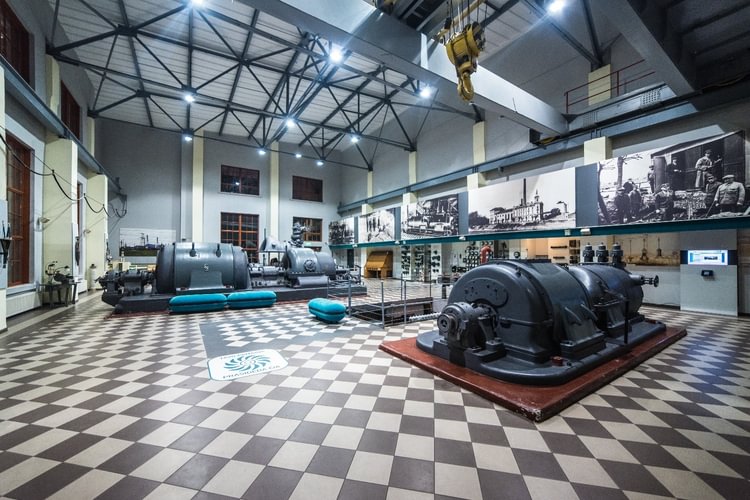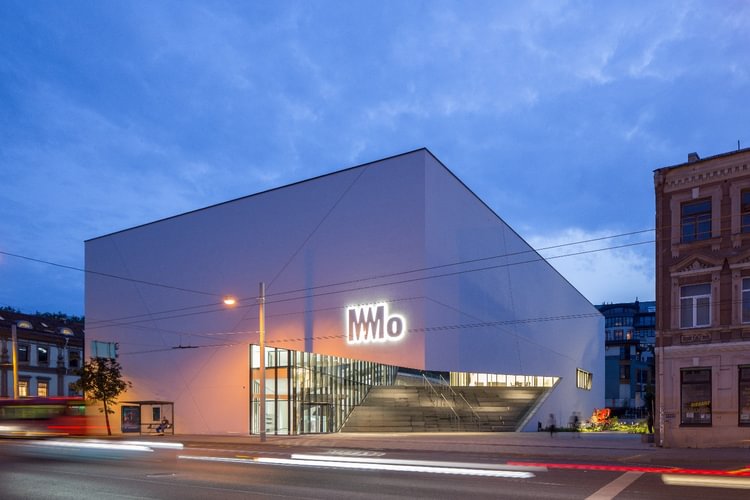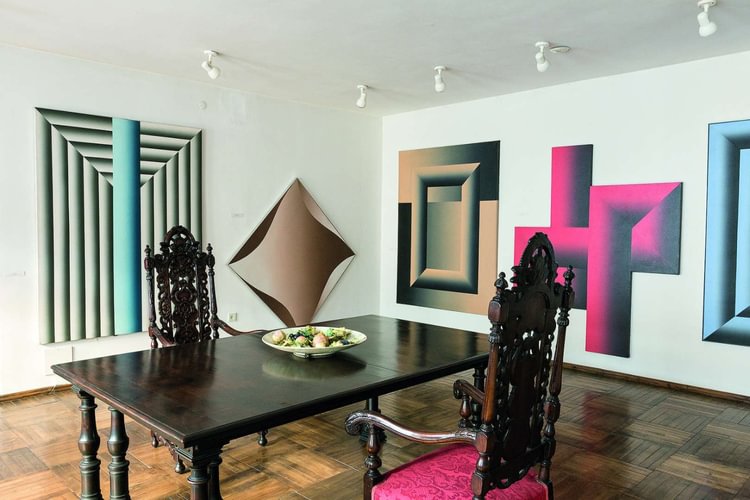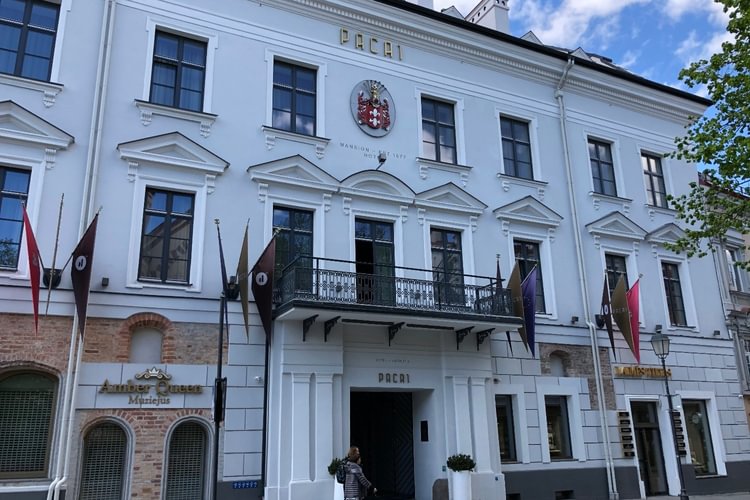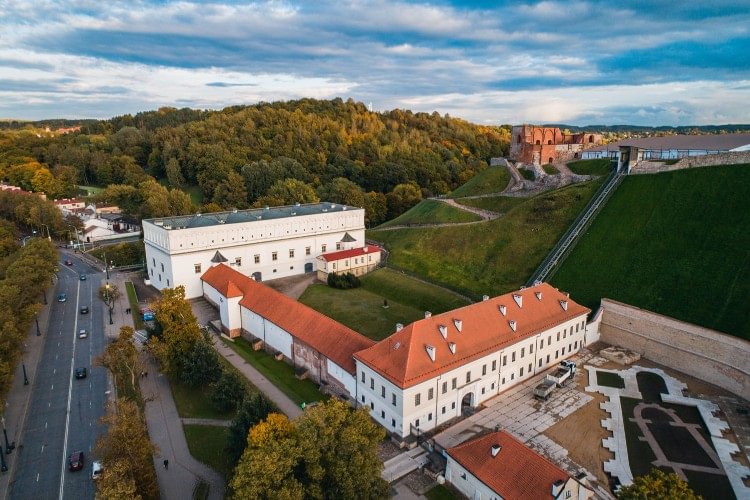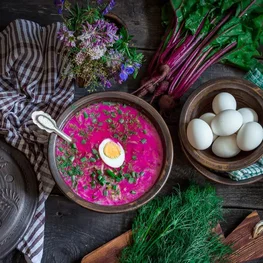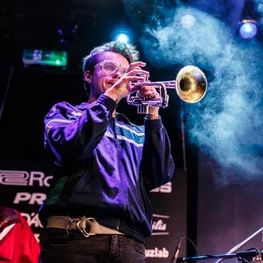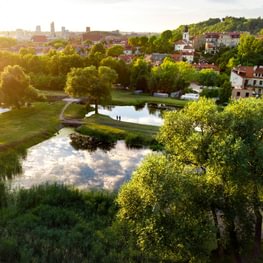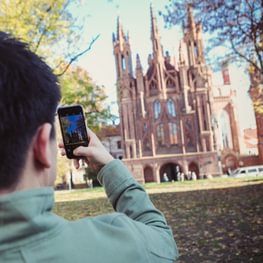A mosaic of cultural expressions
Calling all curious travellers! Vilnius will tickle your brain and inspire you to explore history, art, culture, contemporary ideas and the old days alike. Even on the shortest getaway to Vilnius, you can find time to squeeze in a museum or two and learn something new.
The Palace of the Grand Dukes of Lithuania
A great reminder of the ancient past, the palace tells the story of the emergence and growth of Lithuania. Walking through the Palace of the Grand Dukes of Lithuania, you will see the surviving Renaissance foundations and cellars of the Lower Castle, built in the 17th century. Romantics get to enjoy an extra special treat – a charming place for walks and relaxation in the restored Renaissance Garden, founded in the 16th century by Bona Sforza, the Queen of Poland and the Grand Duchess of Lithuania.
The Museum of Occupations and Freedom Fights
Situated in a former KGB building, where the crimes of the Soviet regime were planned and executed for fifty years, the museum is not for the fainthearted. The former KGB prison has been left intact, so it is possible to see authentic cells and the premises where death sentences were carried out. The museum was also used as a film location for HBO’s Chernobyl miniseries.
Energy and Technology Museum
The Energy and Technology Museum gives you an idea of how Vilnius used to be powered. But it also lets you get a glimpse of authentic Soviet interiors and various products made in Vilnius during the Soviet era. Vacuum cleaners, TVs, furniture and many more – the items in the exhibition were present in almost all homes in Soviet Vilnius, and a lot of them still have a place in the homes of the older generation.
Learn more
MO Museum
With over 4,500 works of contemporary Lithuanian artists from 1960 to the present, this museum offers a great opportunity to get to know Lithuanian art in a modern setting. The building alone is worth the visit. Designed by Daniel Liebskind, it’s a feast for the eyes and features a sculpture garden connected to a rooftop terrace.
Kazys Varnelis House-Museum
Be a guest in the home of Kazys Varnelis, a renowned Lithuanian abstract painter. This is where he lived and worked in the final years of his life. Get a glimpse of his paintings and sculptures, embrace the atmosphere and explore his collection of Renaissance furniture and Oriental art. The exhibition is the result of over 50 years of collecting and is filled with contrasts that flow with harmony.
Amber Museum
Amber is considered to be Lithuanian gold. Just imagine, millions of years ago drops of pine resin seeped from trees, maybe a fly or insect got stuck in it, and the resin became fossilised. Looking at the curious finds in amber pieces feels like travelling back in time. Explore their various forms and colours, and make sure to get a souvenir.
National Museum of Lithuania
Explore Lithuania’s past, from the appearance of its first inhabitants in the 11th millennium BCE, to the formation of the State of Lithuania and the glory of the Lithuanian Grand Duchy. For a special treat, you can take a peek inside a sarcophagus brought to Lithuania from Egypt in the 19th century.
National Art Gallery
See the most important Lithuanian works of art of the 20th and 21st centuries in the permanent exhibition. Sculptures, drawings, photographs, objects, installations and video art reveal a link between cultural life in Lithuania and other countries – where inspiration comes from and what imagination transforms it into. Don’t forget to keep a close eye on the temporary exhibitions and get to see iconic works by famous Lithuanian artists.

